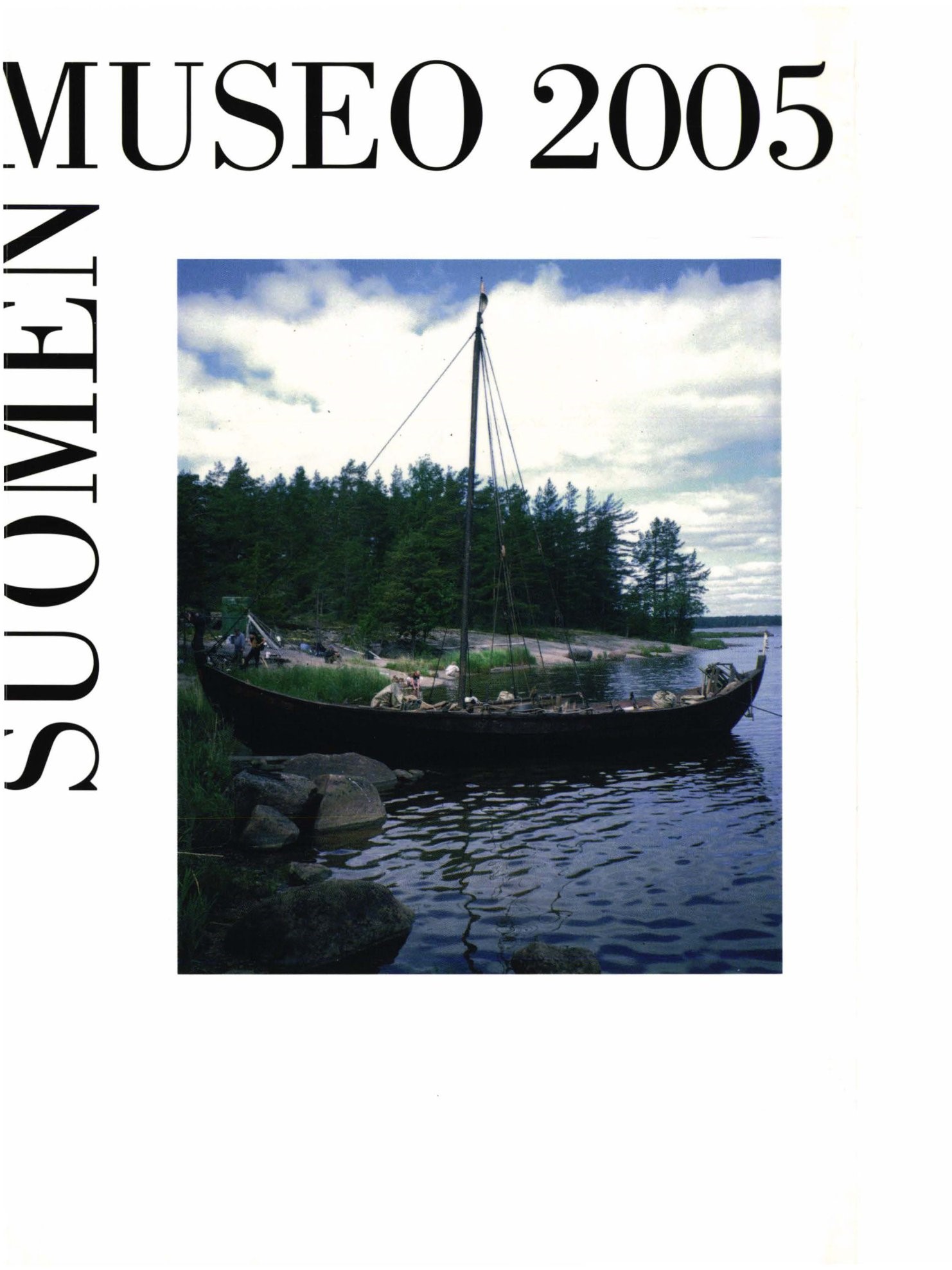Virolahden Lapurin hylyn ajoitus ja yhteys paikalliseen asutushistoriaan
Abstrakti
In the mid-1970s, Finland's oldest wreck of a sailing vessel was discovered at Virolahti in the eastern part of the Gulf of Finland. Dated to the Viking Age in the initial research, the wreck was named after the nearby island of Lapuri. Subsequent radiocarbon dating and the ceramics in the cargo of the vessel have altered the date to the Middle Ages. The wreck was previously associated with the eastward route of the Vikings which was assumed to have passed along the northern coast of the Gulf of Finland. The wreck has now been dissociated from this context of the Vikings' eastward route. As a result of the new date, the medieval wreck has remained only an isolated find on the coast at Virolahti, without any actual connection with local history. The present article seeks to present a more precise date for the wreck based on a combination of its radiocarbon datings, to link the vessel with the history of the region where it was discovered, and to discuss its possible origin and use.
Calibration and compined dating of the three youngest caulking datings date the ship to the 13th century, with an emphasis on the last quarter of the century (Figs. 5-6). The dating is equivalent with the dating of the proto-stoneware jug found from the wreck (Fig. 8b). The wreck lies in a natural harbour just outside a bay in the vicinity of which there was a manor in the 14th century (Fig. 10). The earliest historical document mentioning Virolahti (Virlax in Swedish) dates from 1336. lt is a letter written by the bailiff of the Viborg castle in which he grants the burghers of Tallinn the right to trade in the civitas of Virolahti. There have not been towns in Virolahti in the Middle Ages or later. The term civitas must have meant the manor or a marketplace operating under the control of the manor. This makes the Lapuri strait a good candidate for the marketplace mentioned in the letter.
The origin of the wreck is unknown. Earlier researchers have assumed that the vessel must have been built somewhere outside Finland, because it is made of oak. The use of oak does not, however, exclude a domestic origin. Several alternative hypotheses of the origin of the vessel can be based on its structual details, on the finds of various objects, and the historical development of the find area, pointing to different areas of the Baltic region. The problem of the origin can possibly be solved in the future, if the dendrochronological samples taken from the wreck can be connected with the dendrochronological curves of some particular area. The question of origin is tied up with the use of the ship in warlike activities, in the colonization of the area by Swedish immigrants, or whether it was just an ordinary late 13th-century vessel.

